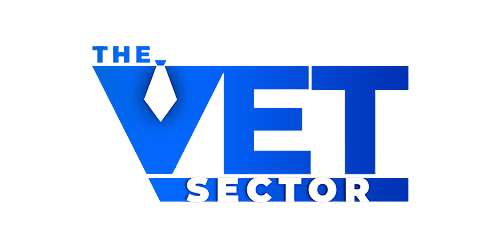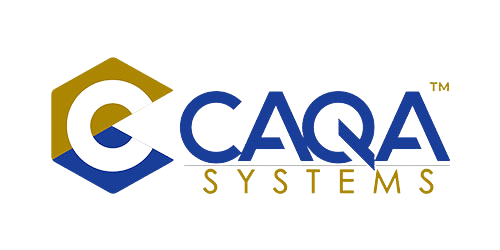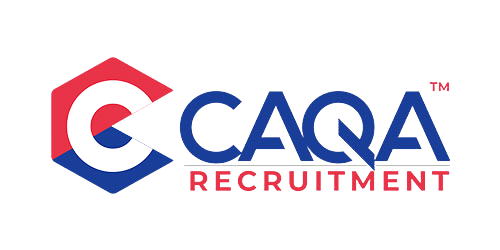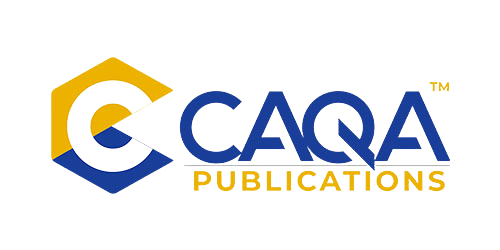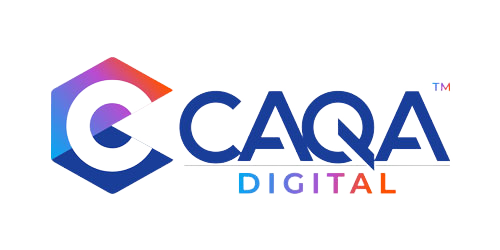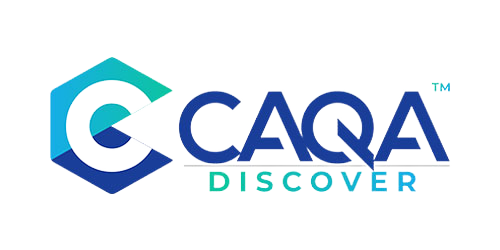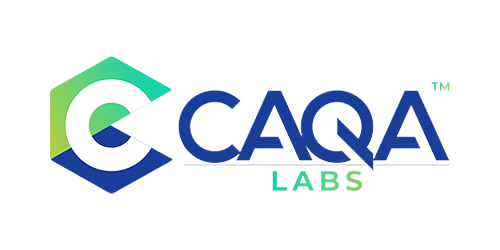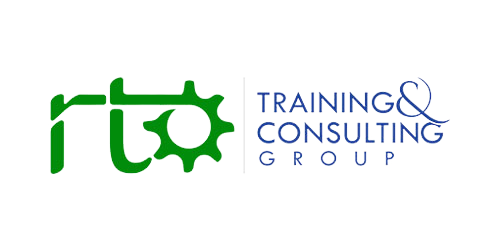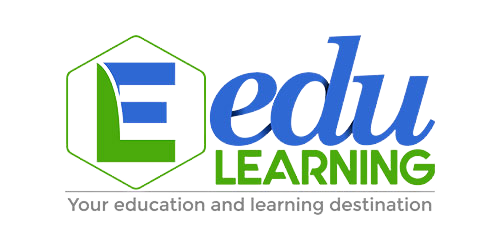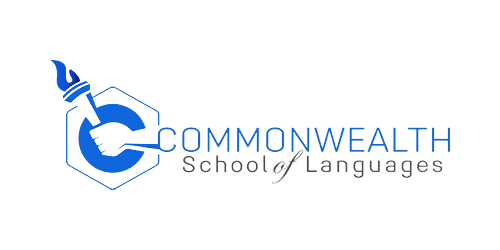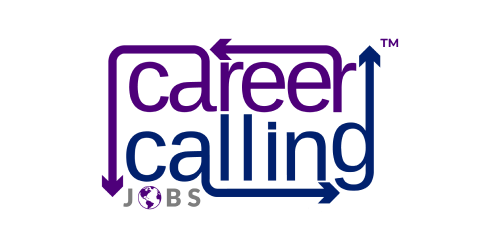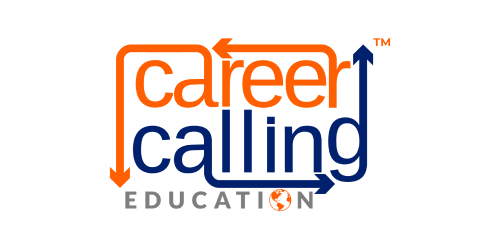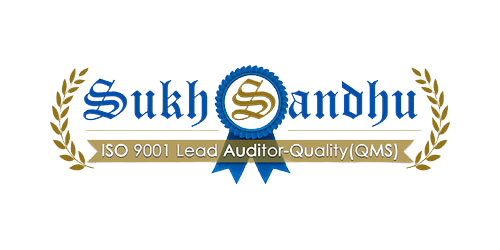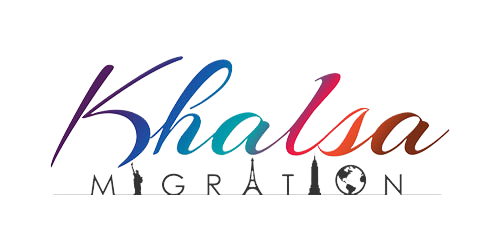The vocational education and training landscape is undergoing a significant transformation with the implementation of the Standards for RTOs 2025, placing engaging and effective learning experiences at the heart of quality training delivery. As we navigate this evolving framework, the expectations for creating meaningful, interactive, and outcome-focused training have never been clearer or more demanding. The shift from compliance-focused approaches to genuine quality outcomes requires RTOs to fundamentally reimagine how they design, deliver, and assess training programs.
The new standards represent more than just regulatory updates; they embody a philosophical shift toward learner-centric education that prioritises real-world application, digital integration, and comprehensive support systems. This transformation challenges RTOs to move beyond traditional delivery methods and embrace innovative approaches that truly prepare learners for the contemporary workplace. The emphasis on self-assurance and continuous improvement means that creating engaging content is no longer optional but essential for organisational sustainability and learner success.
Understanding the New Landscape of Engagement
The concept of engagement in vocational education has evolved far beyond simply keeping learners interested during training sessions. Today's understanding of engagement encompasses a holistic approach that considers cognitive, emotional, and behavioural dimensions of learning. When learners are genuinely engaged, they actively construct knowledge, connect new information to existing understanding, and develop the confidence to apply skills in real workplace contexts. This deeper level of engagement directly correlates with improved retention rates, better learning outcomes, and enhanced workplace readiness.
The Standards for RTOs 2025 explicitly require training organisations to create learning experiences that are not only relevant and current but also tailored to diverse learner needs and closely integrated with industry requirements. This means moving away from one-size-fits-all approaches and developing flexible, adaptive strategies that recognise the varied backgrounds, learning styles, and professional goals of adult learners. The standards emphasise outcome-focused training that prioritises practical skills and employability over theoretical knowledge delivered in isolation.
Creating truly engaging content requires understanding what motivates adult learners in vocational settings. Unlike traditional academic environments, vocational learners often bring significant life and work experience to their training. They seek immediate relevance and practical application, wanting to see clear connections between what they learn and how it will benefit their career progression. This pragmatic orientation demands that RTOs design learning experiences that are immediately applicable, professionally relevant, and aligned with current industry practices.
The Architecture of Engaging Content
Effective engagement in vocational education rests on several foundational principles that work together to create meaningful learning experiences. Relevance stands as the cornerstone, requiring that all content directly connect to real-life tasks and professional situations that learners will encounter in their chosen fields. This goes beyond superficial examples to include authentic workplace scenarios, industry-specific challenges, and current technological practices that reflect the reality of modern work environments.
Interactivity forms another crucial pillar of engagement, transforming learners from passive recipients to active participants in their education journey. This means designing learning experiences that require decision-making, problem-solving, collaboration, and hands-on practice. Interactive learning acknowledges that adults learn best by doing, experimenting, and reflecting on their experiences rather than simply absorbing information through lectures or readings.
Personalisation has become increasingly important in creating engaging content, recognising that adult learners come with diverse backgrounds, experiences, and learning preferences. Effective personalisation allows learners to see themselves in scenarios, choose learning paths that align with their goals, and progress at a pace that suits their circumstances. This might involve offering multiple entry points to content, providing various difficulty levels, or allowing learners to select projects that align with their specific industry interests.
Visual stimulation and multimedia integration play vital roles in maintaining engagement and enhancing understanding. The human brain processes visual information more efficiently than text alone, making the strategic use of graphics, videos, animations, and infographics essential for modern vocational training. However, visual elements must serve pedagogical purposes rather than merely decorative functions, supporting comprehension and retention of key concepts.
The balance between challenge and support creates an optimal learning environment where learners feel stretched but not overwhelmed. This involves carefully scaffolding learning experiences, providing timely feedback, and ensuring that support mechanisms are readily available when learners encounter difficulties. The goal is to maintain learners in their zone of proximal development, where they can succeed with appropriate guidance while developing independence and confidence.
Implementing Active Learning Strategies
Active learning strategies form the backbone of engaging vocational education, transforming traditional classroom dynamics into vibrant learning communities. These approaches recognise that learning is fundamentally a social and experiential process, where knowledge is constructed through interaction, experimentation, and reflection. In vocational contexts, active learning takes on particular significance as it mirrors the collaborative and practical nature of most workplace environments.
Scenario-based learning represents one of the most powerful active learning strategies available to vocational educators. By immersing learners in realistic workplace situations, scenarios provide safe spaces to practice skills, make decisions, and experience consequences without real-world risks. For instance, instead of simply reading about workplace safety procedures, learners might navigate a virtual construction site, identifying hazards and implementing appropriate control measures. The scenario might evolve based on their decisions, demonstrating how different approaches lead to various outcomes.
Role-playing activities extend scenario-based learning by adding interpersonal dimensions that are crucial in many vocational contexts. Whether practising customer service interactions, team meetings, or conflict resolution, role-plays allow learners to experience situations from multiple perspectives. A hospitality student might alternate between playing a difficult customer and a service provider, developing empathy and communication skills that transcend specific situations. These activities become particularly powerful when followed by structured debriefing sessions where learners reflect on their experiences and receive constructive feedback.
Problem-based learning challenges learners to tackle authentic industry problems, developing critical thinking and problem-solving skills essential for workplace success. Rather than presenting solutions, educators provide complex, open-ended problems that require research, collaboration, and creative thinking. For example, business students might develop strategies to help a struggling local enterprise improve its market position, considering factors like competition, resources, and market trends. This approach not only develops technical skills but also builds the analytical and strategic thinking capabilities that employers value.
Collaborative learning recognises that workplace success often depends on effective teamwork and communication. Group projects, peer teaching, and collaborative problem-solving activities prepare learners for the interconnected nature of modern work environments. These activities might involve teams working together to complete simulated workplace projects, with roles rotating to ensure all participants develop leadership and support skills. The collaborative process itself becomes a learning opportunity, as participants navigate group dynamics, manage conflicts, and leverage diverse perspectives.
Digital Integration and Technology-Enhanced Learning
The integration of digital technologies has transformed the landscape of vocational education, creating unprecedented opportunities for engagement and skill development. The Standards for RTOs 2025 explicitly require systematic integration of digital technologies, recognising that digital literacy has become fundamental to most occupations. This integration goes beyond simply using technology as a delivery medium to encompass digital tools that enhance learning experiences, simulate workplace environments, and prepare learners for increasingly digitised industries.
Interactive videos represent a significant advancement in digital learning, moving beyond passive viewing to create engaging, decision-driven experiences. These videos might present workplace scenarios where learners must make choices that affect outcomes, with branches leading to different consequences based on their decisions. For instance, an electrical apprentice might work through a troubleshooting scenario where they must identify faults in a circuit, with the video adapting based on their diagnostic choices. Embedded quizzes, clickable definitions, and hotspots for additional information transform videos from one-way communication to interactive learning experiences.
Virtual and augmented reality technologies are revolutionising vocational training by providing immersive experiences that were previously impossible or impractical. VR simulations allow learners to practice hazardous procedures, operate expensive equipment, or navigate complex environments without physical risks or resource constraints. A nursing student might practice emergency procedures on virtual patients, experiencing the pressure and complexity of critical care situations while receiving immediate feedback on their performance. These technologies particularly benefit fields where real-world practice opportunities are limited, dangerous, or costly.
Learning management systems and digital portfolios have become essential infrastructure for modern vocational education. These platforms not only deliver content and track progress but also facilitate collaboration, reflection, and evidence collection. Digital portfolios allow learners to document their skill development journey, collecting artifacts of their learning that demonstrate competency to potential employers. The ability to access learning materials anytime, anywhere supports diverse learner needs and acknowledges the reality that many vocational students balance training with work and family commitments.
Gamification introduces game design elements into learning experiences, leveraging competition, achievement, and progression mechanics to maintain motivation and engagement. This might involve earning badges for completing safety modules, competing on leaderboards for troubleshooting challenges, or unlocking advanced content as skills develop. When thoughtfully implemented, gamification taps into intrinsic motivation while making learning more enjoyable and rewarding. However, it requires careful balance to ensure that game elements support rather than distract from learning objectives.
Artificial intelligence and adaptive learning technologies are beginning to reshape vocational education by personalising learning experiences at scale. AI-powered systems can analyse learner performance, identify knowledge gaps, and adjust content difficulty or pacing accordingly. Chatbots might provide immediate support for common questions, while intelligent tutoring systems offer personalised feedback and guidance. These technologies promise to make high-quality, individualised instruction more accessible while freeing educators to focus on higher-value interactions with learners.
Adapting for Diverse Learner Cohorts
The reality of modern vocational education is that classrooms increasingly comprise learners of varied ages, backgrounds, experiences, and learning preferences. This diversity, while enriching the learning environment, presents significant challenges for creating universally engaging content. The Standards for RTOs 2025 emphasise comprehensive learner support and recognition of diverse needs, requiring educators to develop sophisticated strategies for inclusive engagement.
Multi-generational classrooms have become the norm in vocational education, with teenagers entering apprenticeships alongside career-changers in their fifties. Each generation brings different technological fluencies, learning expectations, and life experiences that shape their educational needs. Younger learners might expect digital-first approaches and immediate feedback, while older learners might value structured learning and opportunities to share their experience. Successful engagement strategies acknowledge these differences while finding common ground that benefits all learners.
Creating inclusive learning environments requires intentional design that provides multiple means of engagement, representation, and expression. This might involve offering content in various formats, providing choice in assessment methods, or creating flexible pathways through learning materials. For instance, a construction course might offer video demonstrations for visual learners, hands-on workshops for kinesthetic learners, and detailed written guides for those who prefer reading. The key is ensuring that all learners can access and engage with content in ways that suit their preferences and abilities.
Differentiation strategies allow educators to adjust content complexity, support levels, and learning pace without compromising standards or outcomes. This might involve tiered assignments where all learners work toward the same competency but at different levels of complexity or with varying degrees of scaffolding. In a business course, for example, all students might develop marketing plans, but experienced learners might tackle international market entry while novices focus on local market analysis. The flexibility to adjust challenge levels keeps all learners appropriately engaged without frustration or boredom.
Peer learning and mentoring leverage the diversity within learner cohorts as a resource rather than a challenge. Pairing experienced workers with newcomers creates valuable learning opportunities for both parties, with mentors reinforcing their knowledge through teaching while mentees benefit from practical insights and industry wisdom. These relationships might be formalised through buddy systems or emerge naturally through collaborative activities. The key is creating structures that encourage knowledge sharing while respecting the contributions of all participants.
Cultural and linguistic diversity adds another layer of complexity to engagement strategies. International students and migrants bring valuable perspectives but might face language barriers or unfamiliar educational conventions. Effective engagement strategies include clear communication, visual supports, practical demonstrations, and opportunities for clarification without judgment. Creating culturally inclusive examples and scenarios ensures that all learners can relate to content and see themselves reflected in their training.
Building Comprehensive Support Systems
Engagement cannot be sustained without robust support systems that address the holistic needs of vocational learners. The Standards for RTOs 2025 specifically require comprehensive learner support encompassing academic, social, emotional, and career pathway assistance. This recognition that learning doesn't occur in isolation but within the context of learners' broader lives represents a significant shift in vocational education philosophy.
Academic support must be proactive rather than reactive, identifying and addressing learning challenges before they become barriers to success. This involves regular check-ins, formative assessments that identify knowledge gaps early, and readily available assistance through various channels. Peer tutoring programs, study groups, and supplementary workshops provide multiple avenues for learners to strengthen their understanding. The goal is to create an environment where seeking help is normalised and supported rather than seen as a sign of weakness.
Social and emotional support acknowledges that personal challenges significantly impact learning capacity and engagement. Many vocational learners juggle training with work, family responsibilities, and financial pressures that create stress and anxiety. Providing access to counselling services, stress management resources, and peer support networks helps learners manage these challenges while maintaining their educational progress. Creating inclusive, supportive classroom cultures where learners feel valued and connected enhances both well-being and engagement.
Career pathway support extends engagement beyond the classroom by helping learners visualise and work toward their professional futures. This includes career counselling, industry connections, job placement assistance, and ongoing professional development planning. When learners see clear connections between their training and career goals, engagement naturally increases. Regular industry guest speakers, workplace visits, and networking events help maintain this career focus while building valuable professional connections.
Financial support and resource access remove practical barriers that might otherwise prevent engagement. This might include payment plans for course fees, access to equipment and materials, or assistance with technology requirements for online learning. Libraries, computer labs, and study spaces provide essential infrastructure for learners who might lack suitable learning environments at home. Ensuring equitable access to resources is fundamental to creating truly inclusive and engaging learning experiences.
Feedback mechanisms and continuous improvement processes ensure that support systems remain responsive to learner needs. Regular surveys, focus groups, and informal feedback channels allow learners to voice their experiences and suggest improvements. This feedback loop not only improves services but also demonstrates that learner voices are valued, enhancing engagement through ownership and participation in their educational environment.
Assessment as Engagement
Assessment in vocational education serves dual purposes: validating competency and maintaining learner engagement throughout the training journey. The Standards for RTOs 2025 emphasise assessment validity, reliability, fairness, and flexibility, requiring approaches that accurately measure workplace readiness while supporting continued learning. When thoughtfully designed, assessment becomes an integral part of the learning process rather than a separate evaluation activity.
Authentic assessment tasks that mirror real workplace requirements naturally engage learners by demonstrating the relevance and application of their learning. Rather than traditional tests, learners might complete workplace simulations, develop professional portfolios, or undertake industry projects. For instance, automotive students might diagnose and repair actual vehicle faults, documenting their process and explaining their reasoning. These assessments not only measure competency but also build confidence and workplace readiness.
Formative assessment and continuous feedback transform assessment from judgment to a learning opportunity. Regular checkpoints throughout training allow learners to gauge their progress, identify areas for improvement, and adjust their learning strategies accordingly. Digital tools can provide immediate feedback on practice activities, while peer assessment activities develop critical evaluation skills. The key is ensuring that feedback is timely, specific, and actionable, guiding improvement rather than simply identifying deficiencies.
Self-assessment and reflection activities develop metacognitive skills essential for lifelong learning and professional development. By regularly evaluating their own performance and identifying learning needs, learners become active agents in their educational journey. Reflection journals, learning portfolios, and goal-setting exercises help learners track their development and celebrate progress. This self-awareness enhances engagement by giving learners ownership of their learning process.
Flexible assessment options acknowledge diverse learner circumstances and preferences while maintaining standards. This might involve offering various assessment formats, allowing resubmission opportunities, or providing reasonable adjustments for learners with specific needs. Recognition of prior learning processes values existing skills and experience, reducing unnecessary repetition and maintaining engagement for experienced learners. The flexibility to demonstrate competency in multiple ways ensures that assessment supports rather than hinders learning.
Industry involvement in assessment enhances authenticity and engagement by connecting training directly to workplace expectations. Industry representatives might participate in assessment panels, evaluate project work, or provide workplace assessment opportunities. This involvement not only ensures currency and relevance but also provides learners with valuable industry connections and feedback. When learners know that industry professionals will evaluate their work, engagement and effort naturally increase.
Continuous Improvement and Innovation
Creating and maintaining engaging learning experiences requires ongoing commitment to improvement and innovation. The Standards for RTOs 2025 mandate self-assurance processes that go beyond compliance to encompass genuine quality improvement. This involves regular review, stakeholder feedback, and evidence-based decision-making to ensure that engagement strategies remain effective and relevant.
Data-driven improvement processes use analytics and metrics to understand engagement patterns and identify improvement opportunities. Learning management systems provide rich data on content interaction, completion rates, and assessment performance that can inform design decisions. Survey results, focus group feedback, and industry input provide qualitative insights that complement quantitative data. The key is developing systematic processes for collecting, analysing, and acting on this information.
Professional development for trainers and assessors ensures that delivery remains current, innovative, and engaging. This includes not only maintaining industry currency but also developing pedagogical skills, digital competencies, and inclusive teaching practices. Regular workshops, conferences, and peer observation programs help educators share best practices and learn new engagement strategies. Creating communities of practice within and between RTOs facilitates ongoing learning and innovation.
Innovation cycles and pilot programs allow RTOs to test new engagement strategies before full implementation. This might involve trialling new technologies, experimenting with different delivery modes, or testing innovative assessment approaches. Small-scale pilots with willing learner cohorts provide valuable insights while minimising risk. Successful innovations can then be scaled up, while lessons from less successful experiments inform future development.
Industry partnerships and collaboration ensure that engagement strategies align with workplace realities and employer expectations. Regular industry consultation, advisory committees, and partnership projects keep training relevant and current. These relationships might lead to workplace learning opportunities, guest speaker programs, or industry-sponsored resources that enhance engagement. Strong industry connections also motivate learners by demonstrating clear pathways from training to employment.
Stakeholder engagement and communication maintain momentum and support for engagement initiatives. This includes keeping learners informed about improvements, celebrating successes, and acknowledging challenges. Regular communication with employers, industry bodies, and regulatory authorities ensures alignment and support. Creating a culture of continuous improvement where all stakeholders contribute to enhancing engagement builds collective ownership and commitment.
Looking Forward: The Future of Engagement in Vocational Education
As we look toward the future of vocational education under the Standards for RTOs 2025 and beyond, it becomes clear that engagement will remain central to training quality and effectiveness. The rapid pace of technological change, evolving workplace requirements, and changing learner expectations will continue to challenge RTOs to innovate and adapt their engagement strategies.
Emerging technologies like artificial intelligence, extended reality, and adaptive learning systems promise new possibilities for personalised, immersive learning experiences. However, technology alone won't create engagement; success will depend on thoughtful integration that enhances rather than replaces human connection and support. The challenge will be maintaining the human elements of vocational education while leveraging technology's potential to enhance and scale quality learning experiences.
The increasing emphasis on lifelong learning and continuous professional development will require engagement strategies that extend beyond initial qualifications. RTOs will need to develop approaches that maintain learner engagement throughout their careers, providing flexible, relevant training that fits within busy professional lives. This might involve micro-credentials, just-in-time learning, and personalised learning pathways that adapt to changing career needs.
Sustainability and social responsibility will increasingly influence engagement strategies as learners seek training that aligns with their values and contributes to positive social outcomes. This includes not only environmental sustainability but also social equity, ethical practice, and community contribution. RTOs that successfully integrate these themes into engaging learning experiences will attract and retain learners who seek purpose alongside professional development.
The Standards for RTOs 2025 represent not an endpoint but a milestone in the ongoing evolution of vocational education. The emphasis on engagement, quality outcomes, and continuous improvement establishes a framework for excellence that will continue to evolve. RTOs that embrace this philosophy, investing in innovative engagement strategies and comprehensive support systems, will not only meet regulatory requirements but also transform lives through powerful learning experiences.
Creating truly engaging learning experiences in vocational education requires commitment, creativity, and continuous refinement. It demands that we see learners not as passive recipients of training but as active partners in their professional development. By embracing the principles and strategies outlined in the new standards, RTOs can create learning environments where engagement flourishes, competencies develop, and careers launch. The journey toward exceptional engagement is ongoing, but the destination – skilled, confident, work-ready graduates – makes every effort worthwhile.
As the vocational education sector continues to evolve, those RTOs that prioritise genuine engagement over compliance, innovation over tradition, and learner success over organisational convenience will thrive. The Standards for RTOs 2025 provide the framework, but it is the commitment and creativity of educators, administrators, and industry partners that will bring engaging learning experiences to life. Through collaborative effort and sustained focus on quality, the sector can achieve its ultimate goal: preparing learners not just for jobs, but for meaningful, successful careers in an ever-changing world.








